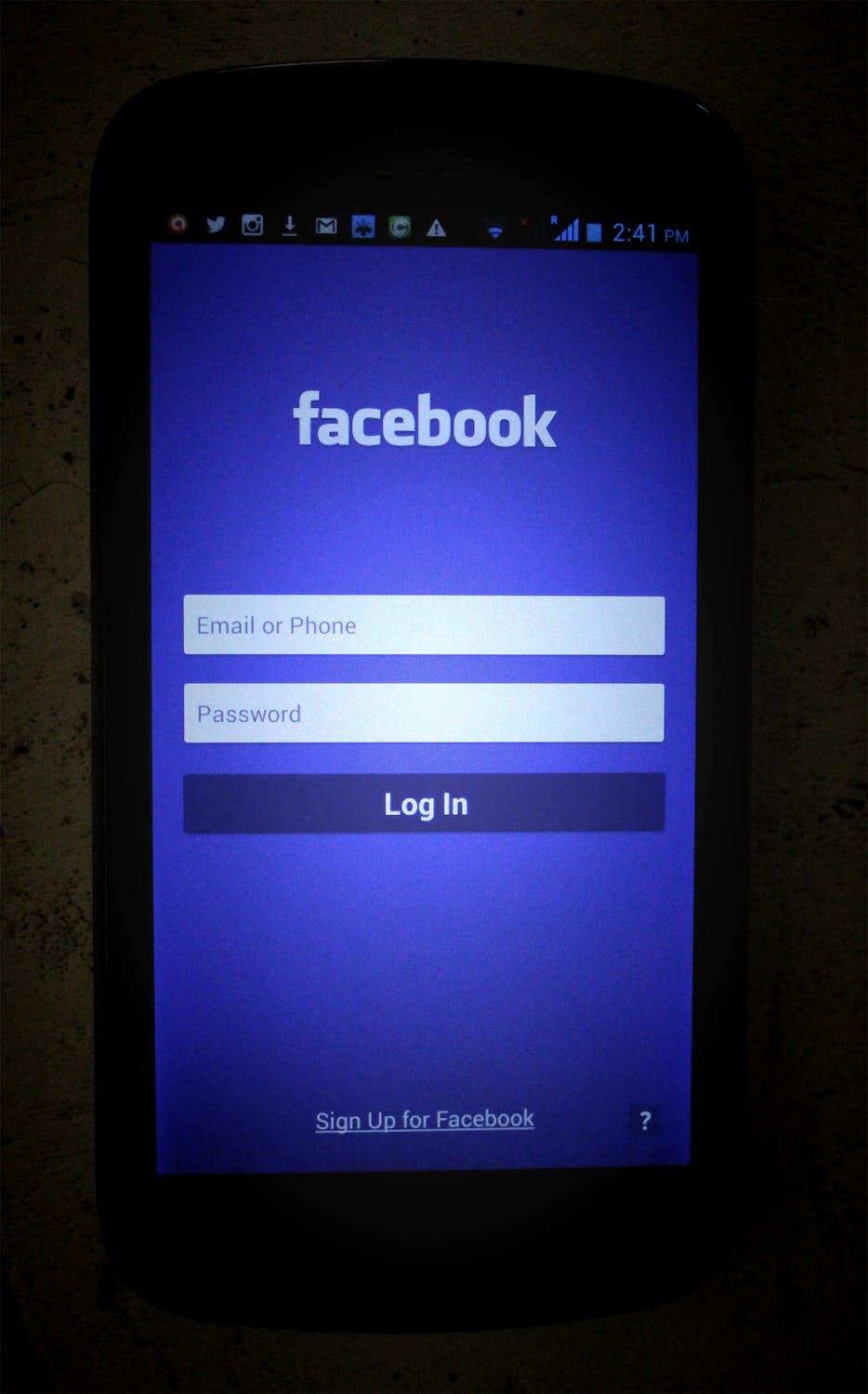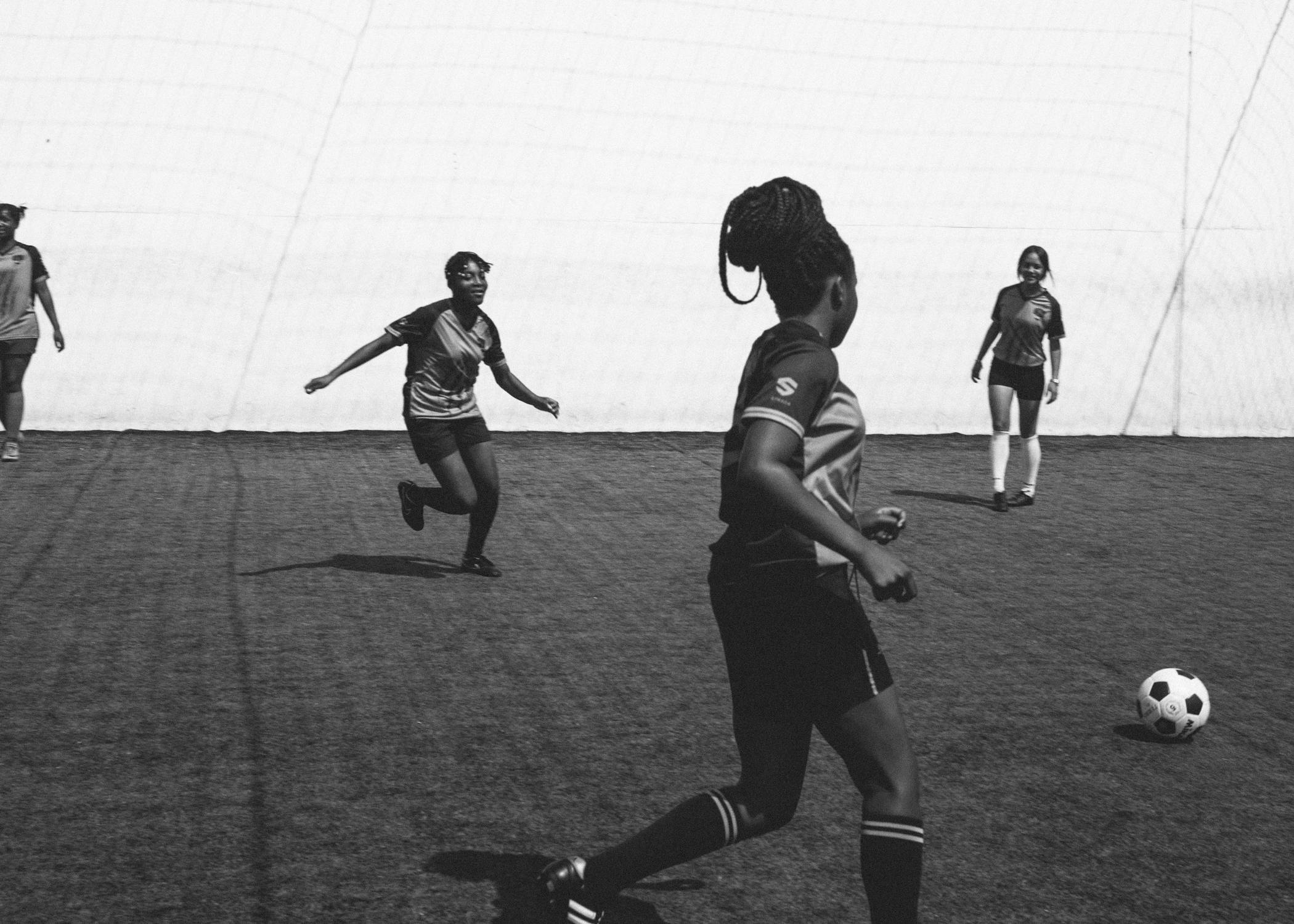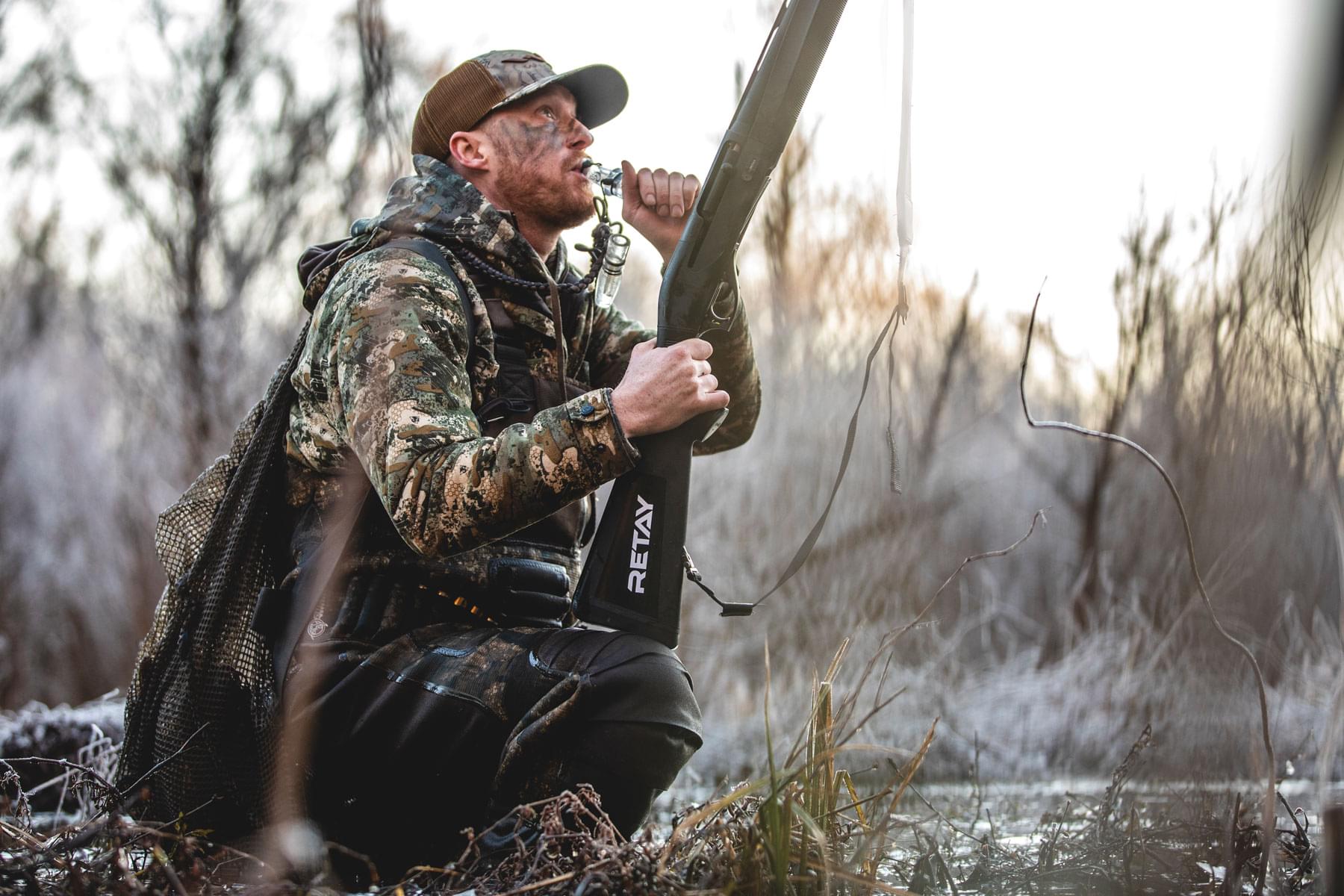How to Improve Your Speed.
This article gives an overview of the essential techniques required to enable an athlete to run faster.
To increase any athletes speed means improving on one or both of the following elements:
1. Increase the number of steps an athlete takes per second i.e. their cadence.
2. Improve the effectiveness of each time they make contact with the ground.
Increasing cadence is most easily improved by reducing the amount of recovery time between strides. This means reducing the time it takes to get the foot off the ground and back on the ground.
Often athletes compensate their lack of knee lift by either over striding (taking larger steps beyond their centre of gravity) or pushing out more behind them in an attempt to increase their power and therefore stride length.
The problems with these techniques are as follows:
It increases the recovery time which results in a lower stride rate.
It increases the load on the hamstrings (increasing the injury risk)
It decreases knee lift as the hips sink low to enable the long recovery time. This results in less powerful foot contact.
Now we’ve identified the problem – how do we fix it? Ultimately, how do I run quicker?
This can be identified by improving 7 areas
Ankle Foot Strike.
Athletes should be aiming to impact the ground with a foot that is moving backwards.
Dorsiflexion.
For the athlete to make an active foot strike and have a quick contact with the ground it is essential that the athlete maintains dorsiflexion of the ankle (keep toes as close to the shin as possible). This pre-stretches the calf muscles and prepares them for a much quicker more elastic impact.
Arm Swing.
Arm Swing should involve having the elbows swing in front of the plane of the trunk. Not swinging them far enough forward limits knee lift and results in greater rear-side mechanics to compensate.
Forward Lean.
Athletes should aim to run with a ‘slight’ forward lean throughout the whole body.
Head Position.
Athletes need to keep their chins down and their heads still.
Running Tall.
Athletes need to be able to ‘run tall’. This means keeping their head high as if the head if attached to an imaginary string and the whole body is being pulled upwards.
To assist is these it is crucial to improve your core stability muscles (abdominals, hips, pelvis, and backside) to allow you to implement the necessary technique to run faster.
Relaxation.
Of paramount importance is for athletes to develop running relaxed. This means focusing on the muscles required to run and switching off those muscles which aren’t used (e.g face muscles, neck muscles and tightening of the shoulder muscles).
Heel Position.
The leg should fold up to the backside during recovery (not extend behind the body). Therefore performing butt kicks where the ankle flicks out behind the body is incorrect and detrimental to performing a correct running technique. When performing butt kicks ensure the knee is forward when the foot is at the closet point to the backside.







